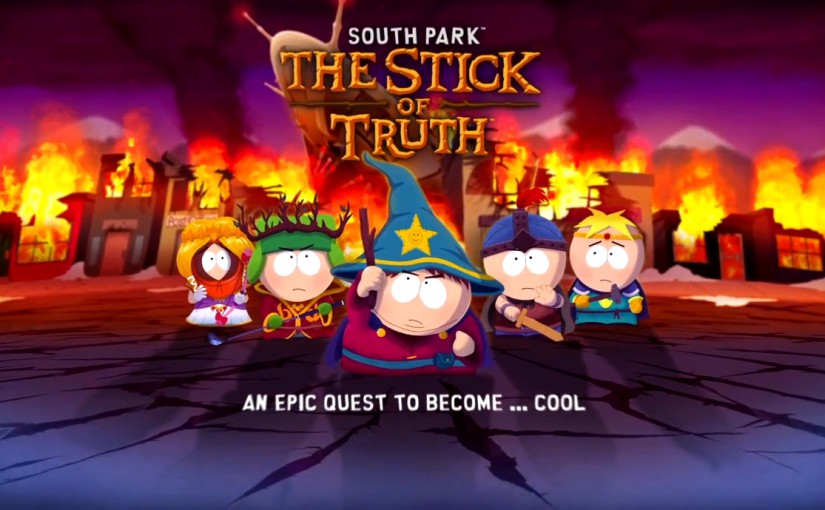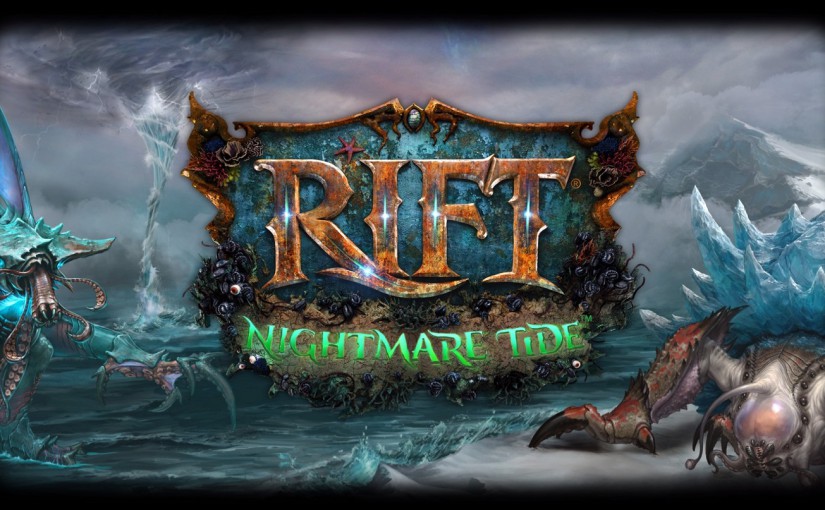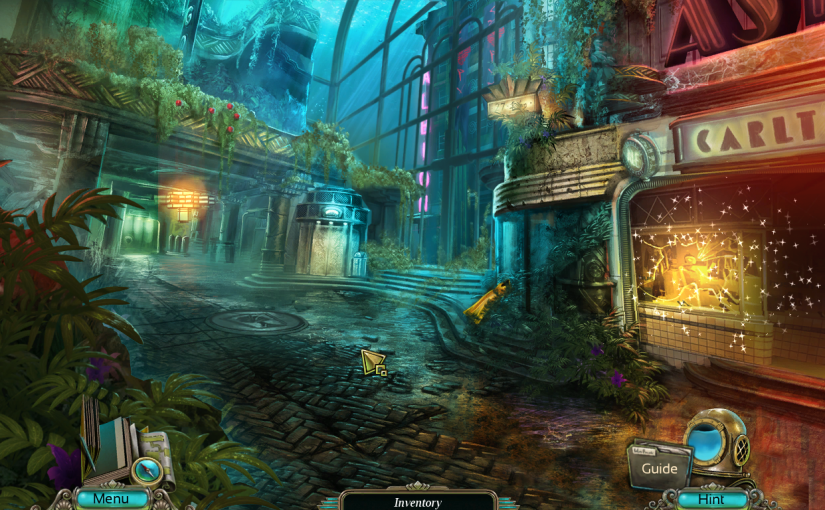The New Kid has moved with his parents to South Park to escape his forgotten past. He quickly allies with Butters, Princess Kenny and their leader Cartman. The New Kid is nicknamed “Douchebag”; he is introduced to the coveted Stick of Truth. Shortly thereafter, the elves attack Kupa Keep and take the Stick. With the help of Cartman’s best warriors, Douchebag recovers the Stick from Jimmy. Cartman banishes Clyde from the group for failing to defend the Stick from the elves. That night, Douchebag and several town residents are abducted by aliens. Douchebag escapes his confinement with the help of Stan’s father Randy and crashes the alien ship into the town’s mall.
By morning, the UFO crash site has been sealed off by the government, who has put out a cover-story that claims a Taco Bell is being built. Douchebag visits Kupa Keep and learns that the Stick has again been stolen by the elves. Cartman and Kyle task Douchebag with recruiting the Goth kids for their respective sides, each claiming that the other has the Stick. Randy agrees to help Douchebag recruit the Goths after Douchebag infiltrates the crash site and discovers that government agents are plotting to blow up the town in order to destroy an alien goo released from the ship. The goo turns living creatures into Nazi Zombies; an infected person escapes government containment, unleashing the virus on South Park.
That night, Cartman or Kyle (dependent on which character the player chooses to follow) leads his side against the other at the school. Here, the children learn that Clyde stole the Stick as revenge for his banishment. Clyde rallies defectors from the humans and elves, and uses the alien goo to create an army of Nazi Zombies. The humans and elves join together to oppose Clyde but there are too few to fight him. Later, Gnomes steal Douchebag’s underpants and he gains the ability to change size at will.
Out of desperation, Douchebag is told to invite the girls to play. They agree to join after Douchebag infiltrates an abortion clinic and travels across Canada to discover which of their friends is spreading gossip. Flanked by the girls, kindergarten pirates, and Star Trek role-players, the humans and elves attack Clyde’s dark tower. Randy arrives and reveals that the government agents have planted a nuclear device in Mr. Slave’s anus to blow up South Park, forcing Douchebag to shrink and enter Mr. Slave to disarm the bomb. Douchebag finally confronts Clyde and is forced to fight a resurrected Nazi Zombie Chef; Chef is defeated. Clyde decides he is not playing any more and Cartman kicks him from the tower.
The government agents arrive, revealing that Douchebag went into hiding to escape them because of his ability to make friends on social networks such as Facebook, which the government wanted to use for its own ends. Learning of the Stick’s supposed power, the chief agent takes it and bargains with Douchebag to help him use it. Douchebag refuses but Princess Kenny betrays the group, uses the Stick to fight them and infects himself with the Nazi Zombie virus. Unable to defeat Nazi Zombie Princess Kenny, Cartman tells Douchebag to break their sacred rule by farting on Kenny’s balls, which he does. The resulting explosion defeats Kenny and cures the town of the Nazi Zombie virus. In the epilogue as South Park is rebuilt, the group retrieves the Stick of Truth; they decide its power is too great for any person to hold and throw it into Stark’s Pond.





